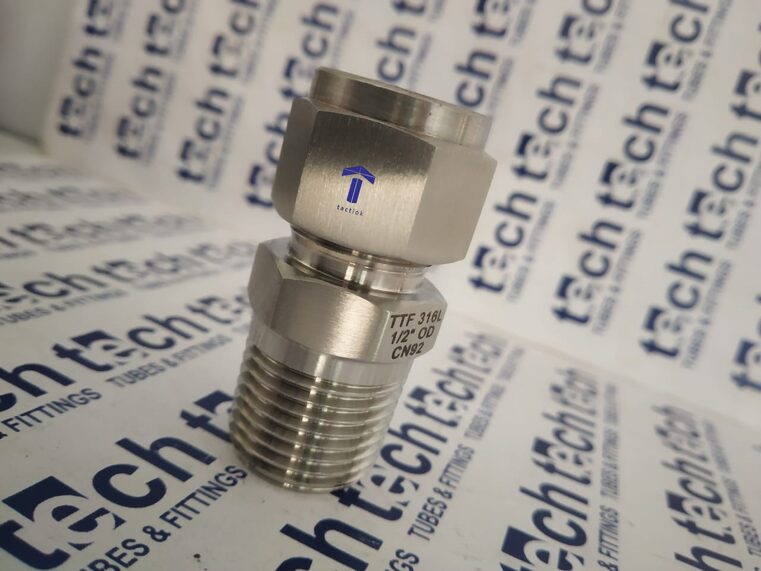
Construction is the major activity found across the world. It helps in the building of a house, offices, monuments, etc. Construction is the part where a large proportion of the livelihood is provided.
There are various materials used in the construction such as cement, tools, steel, brick, etc. But today, this article will tell you about the most essential and required material for construction and that is ferrule fittings. But wait, what are ferrule fittings? Let's first know the meaning and uses of ferrule fittings.
About Ferrule Fittings
Ferrule fittings (also known as tubing fittings) are different types of fittings used while construction. They generally consist of two pieces that ease the person while construction.
In these kinds of tube fittings, two metal ferrules are taken and then they are pushed against the duct as the fitting is compressed to assure a secure and leakproof mark in the channel. A popular length span of ferrule fittings is between 1/16″ to 2″ for proportional lengths and between 2 to 50 mm for measured lengths.
The ferrule tube generally consists of the following parts:
- Body
- Identification ring
- Inspection check ring
- Front ferrule
- Back ferrule
- Nut
Types of Ferrule Fittings
As these ferrule fittings, main elements are the body and nuts, they are classified into two major categories :
1. Single Ferrule fittings
This ferrule-fitting nose is utilized to fulfill the requirement of front and back ferrule. They are generally hard to install and less preferred.
2. Double Ferrule Fittings
This ferrule fitting has both front and back ferrule to ease the work avoiding mess and confusion. They are commonly used and easy to install as compared to single ferrule.
Uses and advantages of Ferrule Fittings in daily life
The ferrule fittings are very useful for joining or fitting two materials. So, it is widely used in the following aspects:
1. Joining of two pipelines
When you are constructing something, you need to combine various elements to build up the desired structure. One of the important elements while construction is a pipeline. To have a smooth flow of water or gas at your place you need to have a long channel for the supply. This can be done by joining the pipes and this is easily and accurately done through ferrule fittings.
2. Perfect alignment in the connector
When you fit your pipelines with ferrule fittings, you will have a perfect and required alignment in the connectors which makes the connection to be more accurate and reliable. They also help in the secure and protected stripped at the edge of the fiber.
Conclusion
Tube fittings or ferrule fittings are widely used and produced as they are very helpful while connecting two things. After going through this entire article, you must get the definition, uses, and types of these ferrule fittings.
Are you looking for Ferrule Fitting or Tube Fittings manufacturer and supplier, Techtubes will be the best place for you.
For More Details on What are Ferrule Fittings or Tubing Fittings? contact us on sales1@techtubes.in
***Monel, Hastelloy, Inconel, Incoloy, SMO254, Nitronic, AL6XN, Stellite, Sanicro, Tantalum, Nimonic , Alloy A286, Invar, Cupronickel etc., are the trademarks of their respective companies.
For More Details on What are Ferrule Fittings or Tubing Fittings contact us on sales1@techtubes.in
***Monel, Hastelloy, Inconel, Incoloy, SMO254, Nitronic, AL6XN, Stellite, Sanicro, Tantalum, Nimonic , Alloy A286, Invar, Cupronickel etc., are the trademarks of their respective companies.


